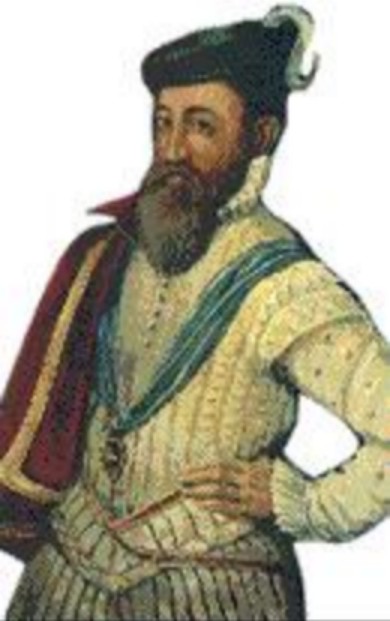The Origins of the P*rr*tt surname
The Genealogical and Heraldic Dictionary of the Landed Gentry of Great Britain and Ireland for 1852 gives the following explanation for the origins of the P*rr*tt surname.
“The ancient family of Perrott derived their name from Castle Perrot, in Brittany, built in 957, by William de Perrott, whose great-grandson, Sir Richard Perrott, Seigneur de Perrott, in 1066, furnished William of Normandy with his quota of ships and men, accompanied the expedition to England, and settling in Somersetshire, commenced the building of a city, whose remains are North and South Perrott, between which the river Perrott rises and runs into the Severn. Sir Richard left issue by his wife, daughter of Sancho Ramyno, second king of Aragon, a son and heir, Sir Stephen Perrott, who, growing too powerful in the lands he inherited in Somersetshire, King HENRY I called him thence, and gave him as much territory as he could conquer in South Wales, which was then in confusion. He was thus forced to leave, with regret, the infant city his father had founded, and to which he had given the name Perrott; but not being able to contest it with HENRY, he went into Gloucestershire to raise forces. Not willing, however, to lead his troops into a country of which he knew nothing, he went to Wales in disguise in order to view the state of it, and was there struck with the beauty of Princess Helen, daughter and sole heir of Marchin, descended from Howel Dda, King of South Wales. She was no less charmed with his graceful stature, his amiable and majestic countenance, and most wonderful brilliant and piercing eye, which commanded reverence from all that beheld it. The conquest of this Princess, whom he married, gained him great part of that country, and the respect and love of the people”. The document goes on to mention their son Andrew, his son William, and a branch of the family in Gelligaer including a Reverend Gregory Perrott and his son of the same name.
These Welsh Perrotts are of course the family of Sir John Perrott, and if you are interested in his life you might like to read the 1728 publication The History of That most Eminent Statesman, Sir JOHN PERROTT, Knight of the BATH, and Lord Lieutenant of IRELAND.

